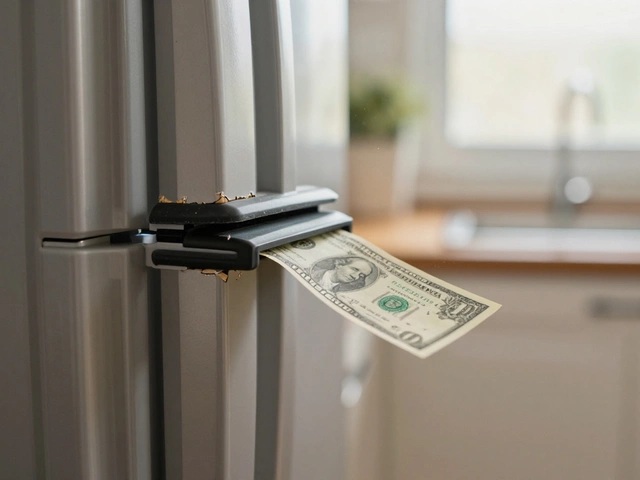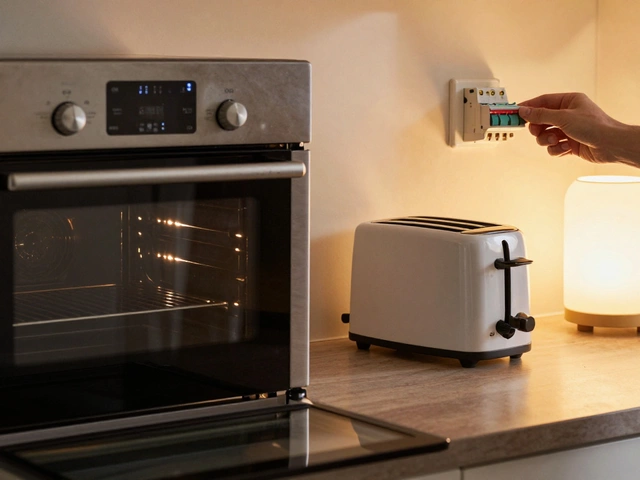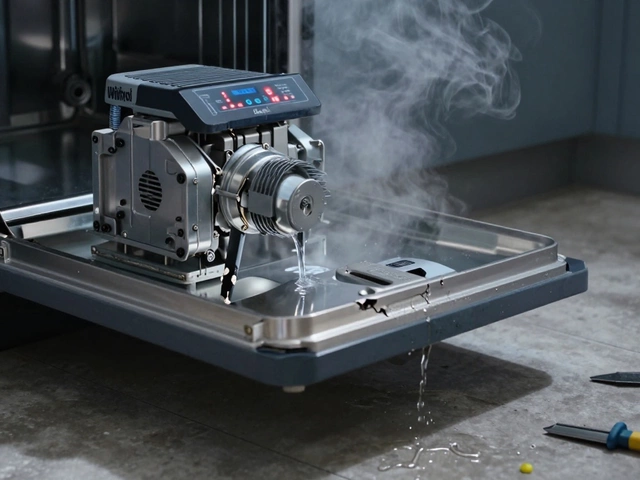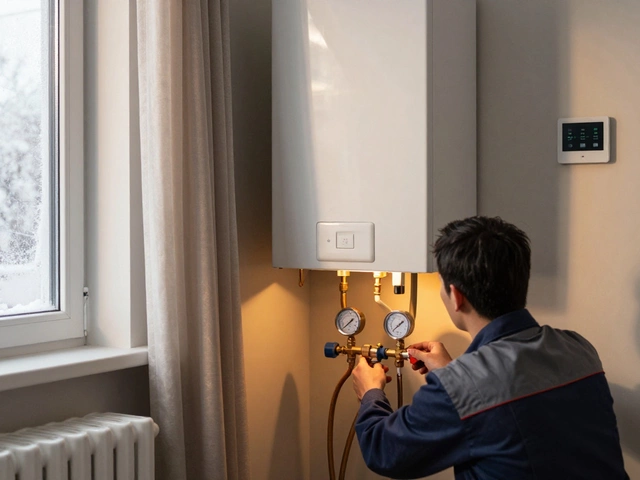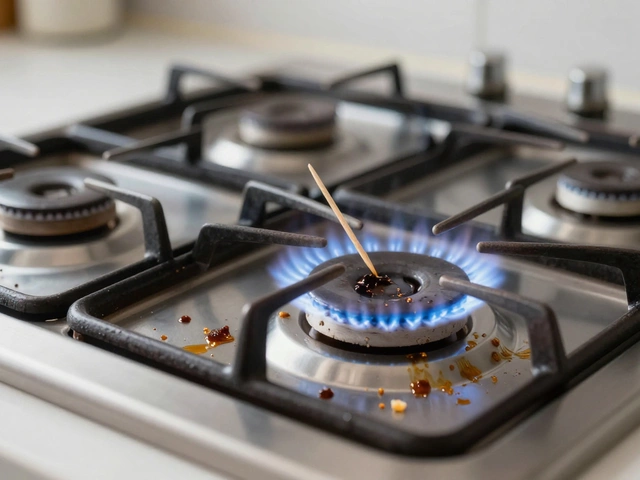Fixing Microwave: Quick Fixes and When to Call a Pro
If your microwave is acting up, you don’t have to panic. Most problems are simple and can be solved in under an hour with basic tools. Below we cover the most common issues, easy DIY steps, and signs that it’s time to get a qualified technician.
Common Microwave Issues
First, figure out what’s wrong. The biggest complaints we hear are:
- Microwave won’t heat – the turntable spins but nothing gets warm.
- Turntable won’t turn – the door closes, the light works, but the plate stays still.
- Door won’t close or latch – the microwave won’t start because the safety switch thinks the door is open.
- Strange noises or sparks – humming, clicking, or visible sparks inside the cavity.
- Display or control panel stopped working – buttons do nothing or the screen stays blank.
Knowing the symptom narrows down the possible cause and saves you time.
Quick Fixes You Can Do Yourself
1. Check the power source. Make sure the plug is firm and the outlet works. Plug another device in to confirm the outlet isn’t the problem.
2. Clean the door gasket. Food bits or grime can keep the safety switch from sensing a closed door. Wipe the rubber seal with a damp cloth and dry it well.
3. Reset the microwave. Unplug it for two minutes, then plug it back in. This clears any electronic glitches that might stop the display or heating.
4. Inspect the turntable motor. If the plate won’t spin, remove the turntable and the glass tray. Look for broken rollers or debris. Cleaning the rollers and re‑aligning the tray often fixes the problem.
5. Test the fuse. Many microwaves have a fuse inside the power cord or near the control board. If it’s blown, replace it with one of the same rating. Always turn off the power at the breaker before opening the unit.
6. Look for obvious damage. If you see burnt marks, sparks, or a smoky smell, stop using the microwave immediately. Those signs usually mean a component like the magnetron or capacitor has failed, which requires a professional.
These steps cover about 80% of everyday microwave hiccups. If you’ve tried them and the appliance still won’t work, it’s probably a more complex part that needs a technician’s expertise.
When to call a pro
- The microwave still doesn’t heat after checking the power and resetting.
- You see sparks, hear crackling, or smell burnt electronics.
- The control panel is dead and the reset didn’t help.
- The unit is older than 8‑10 years and repairs are getting expensive.
Professional repair is safest for the magnetron, high‑voltage capacitor, or internal wiring issues. A qualified tech can test the high‑voltage circuit with a multimeter and replace faulty parts safely.
Bottom line: most microwave glitches are easy fixes you can do at home. Keep the appliance clean, check the door seal, and always reset before digging deeper. When the problem involves high‑voltage parts or you notice smoke, skip the DIY and call a trusted repair service. Quick action can save you money and keep your kitchen running smoothly.
Microwave Repair: When to Fix or Replace
- Alden Wilder
- Oct 9 2024
- 0 Comments
Deciding whether to repair or replace a malfunctioning microwave can be tricky. This article explores the key factors to consider, including cost, age, and common issues. Learn how to troubleshoot basic problems yourself and when to seek professional help. Discover tips to extend the life of your appliance and save money by making informed decisions.
View More
